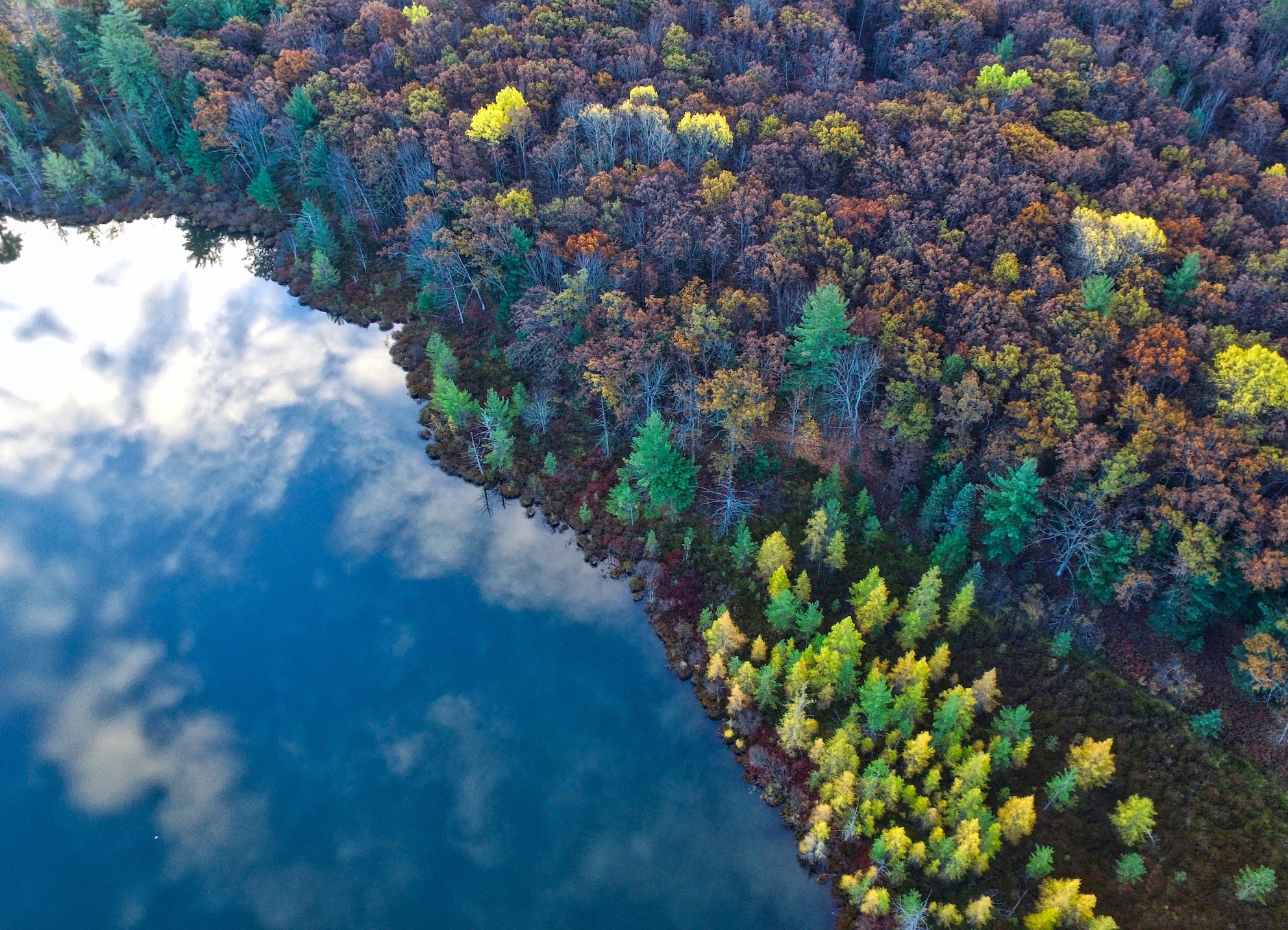8 April 2021 – by Ben Chappelow
In recent weeks, an increasing surge of migrants have attempted to cross the U.S.-Mexico border, many of them being unaccompanied minors. Authorities have placed these minors in overcrowded detention centers. American lawmakers cast blame for the inhospitable facility conditions across the partisan aisle. Congress has been unable to pass any legislation to change their country’s immigration system. Meanwhile, thousands of bald eagles have begun their pre-breeding migratory season. They are crossing the U.S.-Canada border by the thousands to build their nests in the trees of the Prairie Provinces and British Columbia.
We are led to believe that our material reality exists in an orderly fashion, that what we call nature organizes itself through confinement. Certain things belong in certain places. Any movement outside of these confinements is an anomaly. What is foreign is invasive. Sonia Shah, in her recently published book The Next Great Migration: The Beauty and Terror of Life on the Move, points to a dynamic world (increasingly so with the impacts of climate change), and the enduringly migratory humans that, only recently, have placed abstract obstacles between one another.
A Faulty Science
A large portion of Shah’s book uses an appeal to nature when it comes to the inherent migratory function found in almost all species. Originally, our collective science of taxonomy was based on location. We thought of habitats as closed containers, where each species has a specific function to fulfill and can grow only based on the availability of resources within that closed space. Early scientists believed ecosystems were in a constant stasis, and therefore, any species leaving one location and entering another spelled disaster. They saw migration as a threat to the balance, where according to Gause’s Law of Competitive Exclusion, if two species are competing for resources within a closed space, one will always destroy the other.
It isn’t difficult to follow the threads of these beliefs through the history of racial discrimination and immigration law, and the conflation of those laws as ethics. The father of taxonomy, Carl Linnaeus, based his 18th century classifications on the distinctions between species and perpetuated that certain racial distinctions between humans invoked a hierarchy. As pseudoscientific racial science gathered support in Western countries, certain racial traits were deemed undesirable, nonexistent borders between races were arbitrarily parsed, and new immigration laws based on the prevention of racial mixing surged. These sentiments carry into modern-day immigration law with Linnaean nationalism and neo-Malthusian practices underlying modern reactionary anti-immigrant rhetoric, (e.g., American right-wing nationalism and Italy’s Five Star Movement).
No Vivarium in Nature
Of course, these beliefs are not centered in much scientific ground. No ecosystems functions as a closed system. Individuals move in and out of populations and environments constantly. Invasive species are often more common and less malevolent than people think. What scientists nowadays are adopting is an ecology not based on origin, but one based on traits and contributions to an ecosystem. According to Shah, the reasons for migration are a complex myriad of genetic and environmental factors, but she stresses the question we need to ask shouldn’t be why people choose to migrate. Rather, we need to ask why migration inspires terror in natives. Migration is written into the essence of our species. We have been migrating as long as we have been around, for opportunity and for survival. And as Shah finds, migrating peoples are not inherently more violent, nor less intelligent, nor unhealthier, nor a constant hindrance on a host country’s long-term economy. What remains is the ideological and immaterial borders we construct at the cost of the real suffering of people.Despite titling her work The Next Migration, Shah spends the majority of her book investigating the past and affords little time speculating about the future. If one were to build off of her findings and predict the future of migration, one needs to keep in mind the expiration date on xenophobia. There is no such thing as a closed system, and as assimilation increases and distinctions between people diminish, people holding on to some idealized figment of a place will find their environment change around them.

Benjamin Chappelow is a writer and narrative designer in the Appalachian mountains, United States. As an immigration researcher and former Narrative Writer for the Climate Resilience Toolkit, he is focused on how the stories we tell dictate our behavior in an ecological crisis. When he is not writing, Benjamin is trying to teach his cat how to type so he won’t have to.






